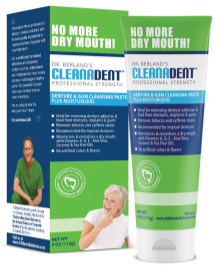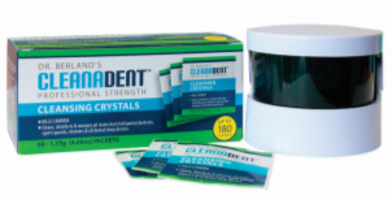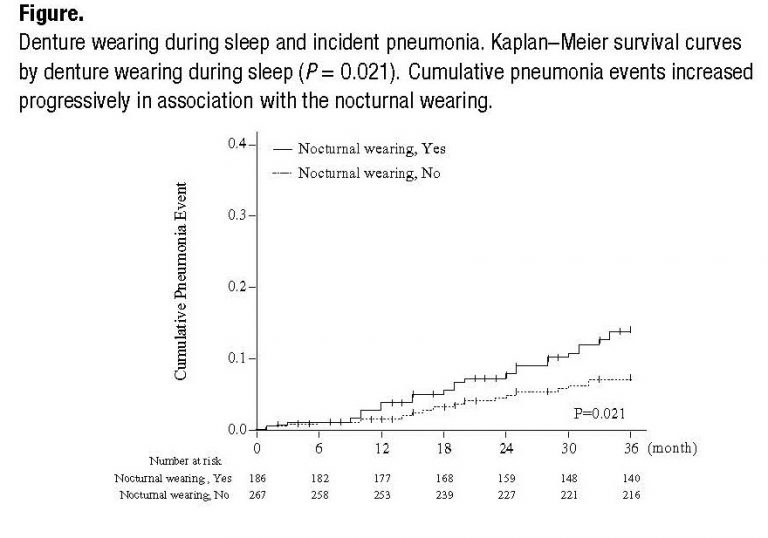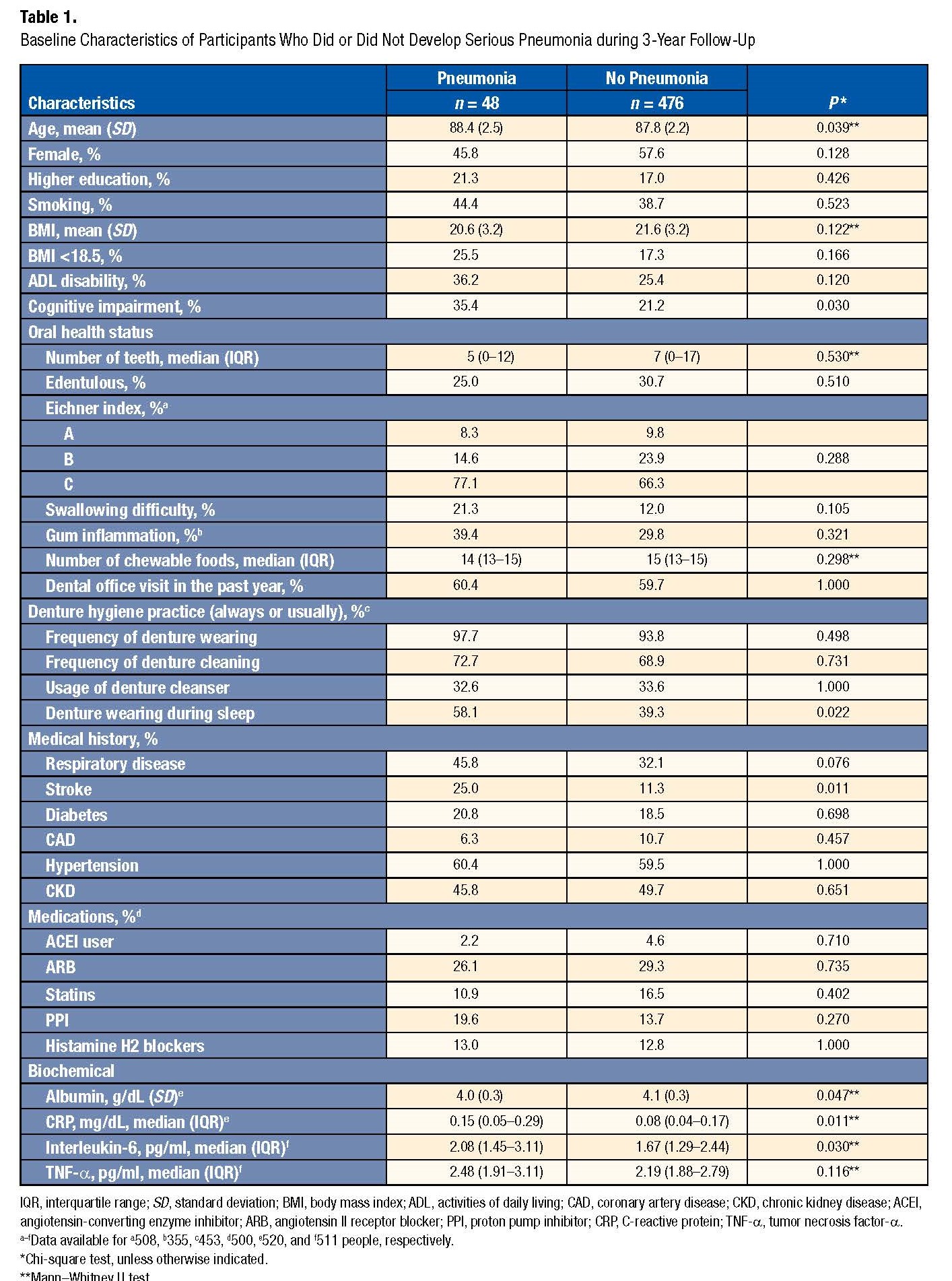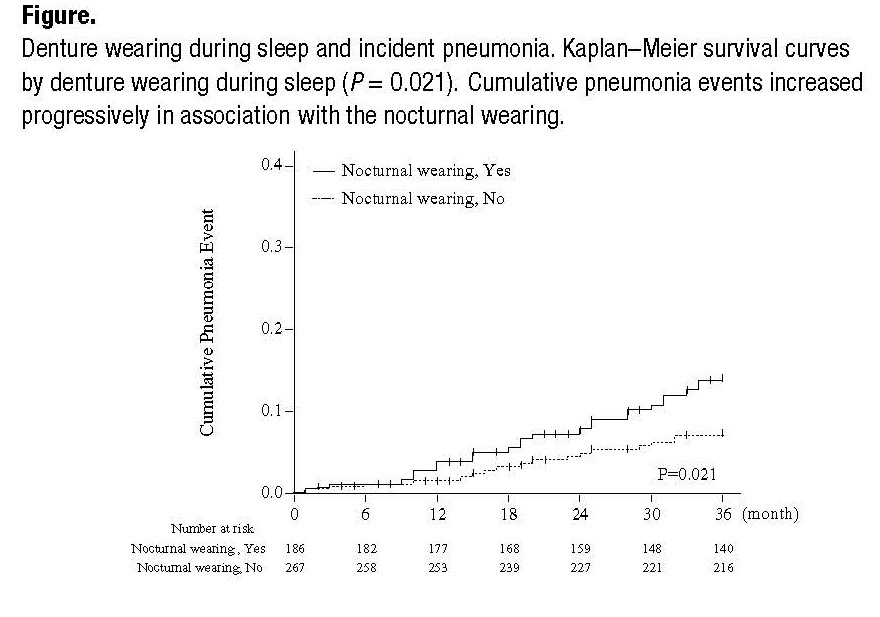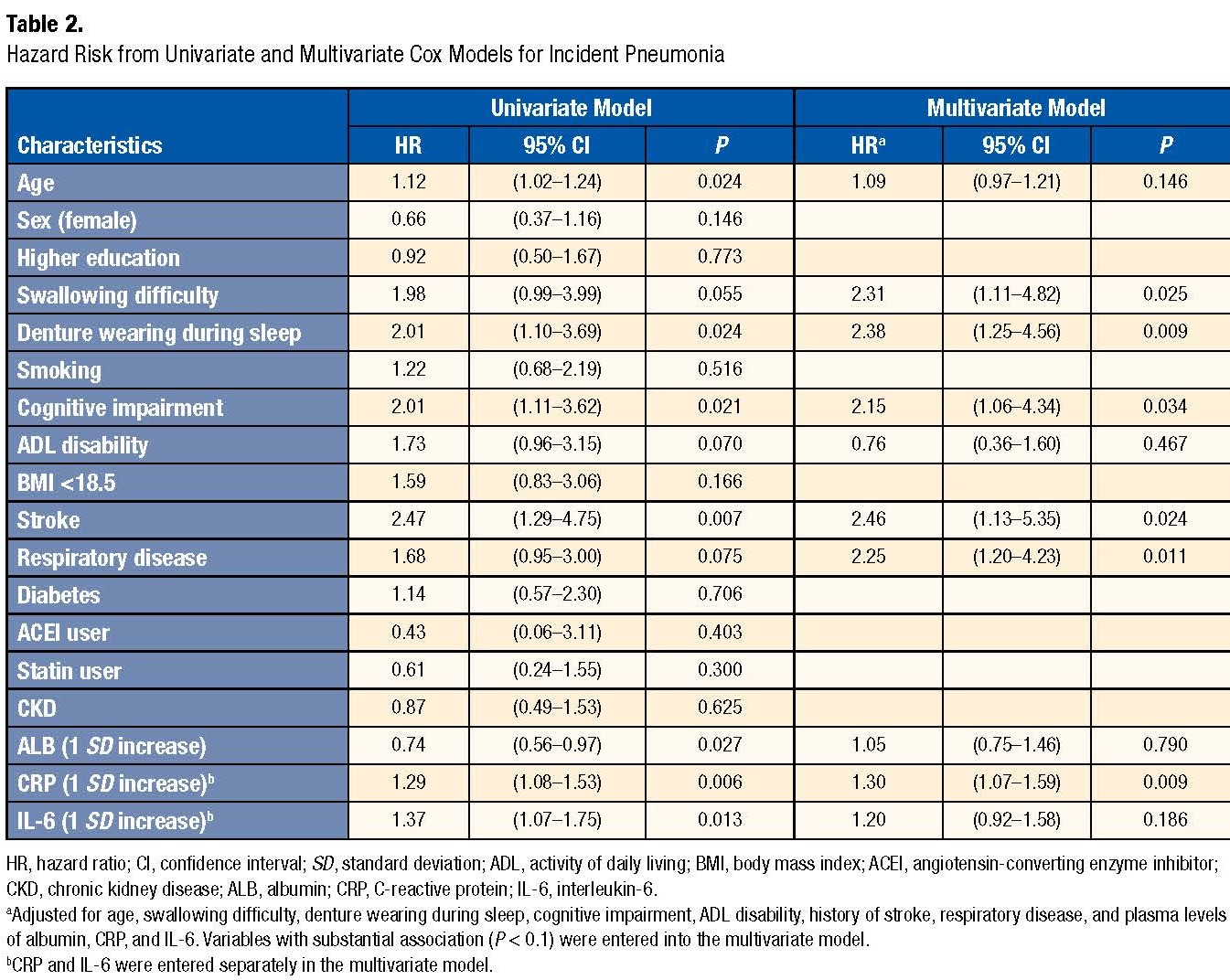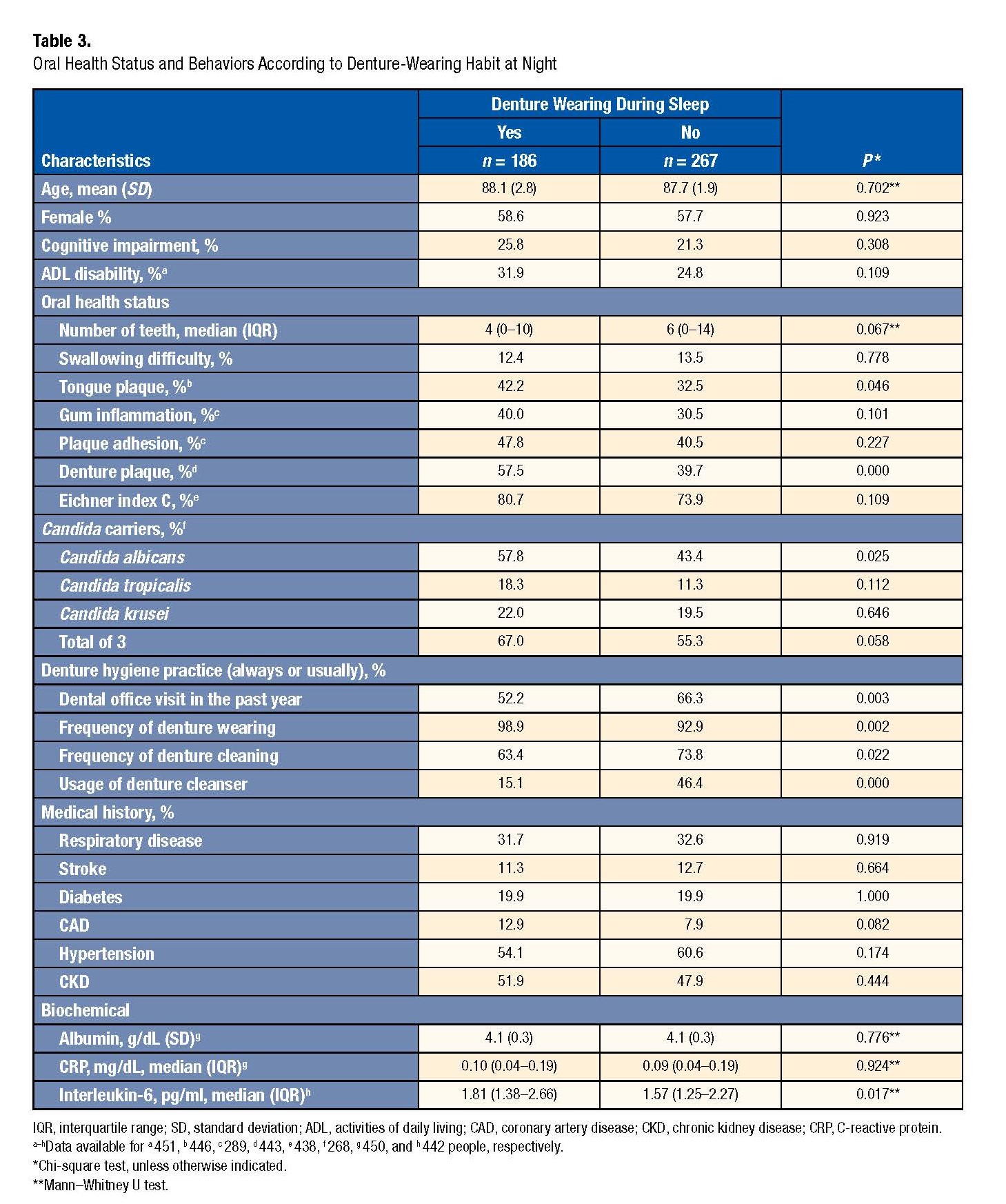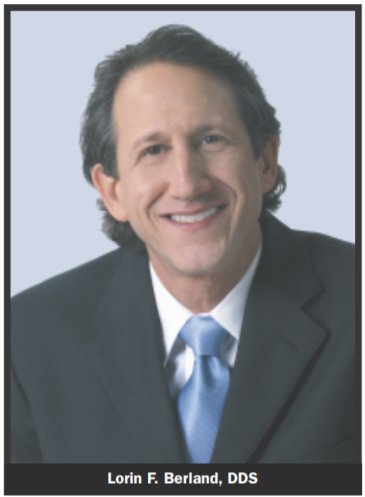As Seen in LAB MANAGEMENT TODAY LMT
BUSINESS STRATEGIES FOR DENTAL LABORATORY DECISION MAKERS
Cleanadent Paste
Developed by Lorin Berland, DDS, Cleanadent Paste is gentle enough to be used both on the gums and oral appliances, making it ideal
for cleaning fixed and removable implant dentures intraorally and removing adhesive from dentures and gums. From DR. B DENTAL SOLUTIONS, it’s specifically formulated with Vitamins A, D & E, aloe vera, and coconut and tea tree oils to clean the gums, moisturize the mouth and reduce irritation. The paste is available for doctors to give away with implant denture treatments or for resale. For more information, email info@drbdentalsolutions. com or visit drbdentalsolutions.com.
